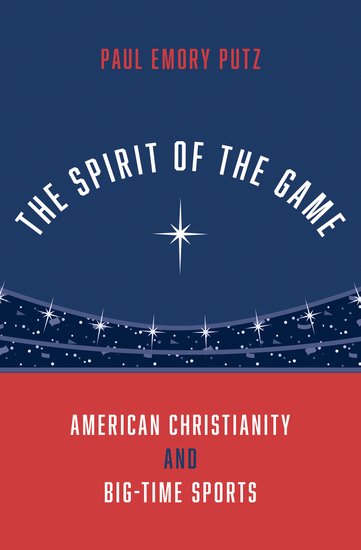Historically, Christians have an ambiguous relationship with sports. From the religion’s earliest days, Christian leaders have expressed concern that sporting spectacles might encourage idolatry instead of true Christian worship. At the same time, the Christian Scriptures also include positive references to sports, with athletic competition used as a metaphor for the Christian life. “Run in such as way as to get the prize,” the Apostle Paul instructs in his first letter to the Corinthians. These tensions have lingered for centuries, with frequent warnings from church leaders about the excesses and corrosive effects of sports juxtaposed with the fact that many ordinary Christians did not seem to listen, instead continuing to participate in sports.
In the nineteenth century, however, in England and the United States, the pendulum began to swing more fully towards sacralization rather than suspicion of sports. Driving this shift was a movement called “muscular Christianity.” Embracing the moral value of sports, muscular Christians argued that athletic competition was an important means of developing well-rounded men, fit in mind, body, and soul to lead the Anglo-American world.
Muscular Christianity helped to popularize the idea that sports had moral value as an essential educational tool—a theory that justified amateur athletics and school sports. Still, suspicions remained over the commercialized spectacle of big-time sporting events, especially since sports leagues competed with churches for attention on Sundays.
After World War II, however, new developments helped ease these tensions. Groups like the Fellowship of Christian Athletes and Athletes in Action forged a network of Evangelical sports ministries working within the sports industry. This Christian athlete movement—dubbed “Sportianity” by Sports Illustrated’s Frank DeFord—aimed to unite Christian athletes and coaches around a shared identity.
But even as evangelicals built a new Christian subculture in sports, debates and tensions remained. One key flashpoint had to do with the nature and meaning of the Christian faith. Who would get to determine the boundaries for what counted as a Christian athlete and coach? Who was in and who was out in this evangelical-led movement? Another had to do with the relationship between Christianity and sports. Could Christians still challenge and critique the sports industry even as they worked and thrived within it?
In the 1970s, these questions came to a head for the Christian athlete movement in a prominent way. The debates from that decade continue to resonate today, helping to shape the contours and social and political significance of Christian engagement in American sports.
